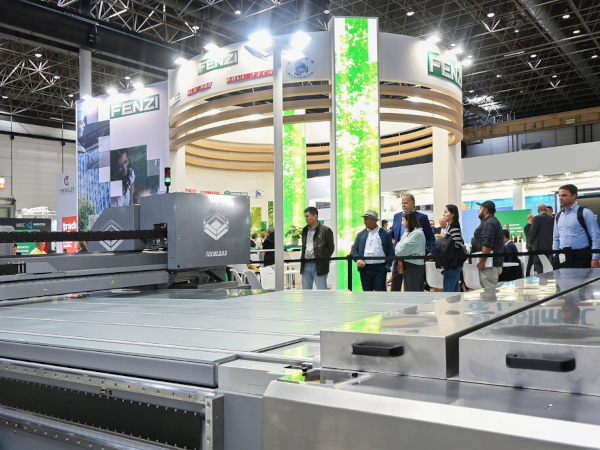Date: 17 December 2015
Research from the American Bird Conservancy shows that 20 to 50 birds die each year from colliding with a single building, and two to three die from colliding with a home.Today, one-third of migratory bird species are on the verge of becoming endangered.
What is happening?
According to the American Bird Conservancy, windows are the third leading cause of bird population decline, trailing only loss of habitat and competition with invasive species. The problem is that birds misinterpret the reflection of trees, grass, water, and sky in glass and fly into it, often resulting in injury or death.
The desire to prevent bird-glass collisions is increasing, translating into cities such as San Francisco and Toronto enacting bird-friendly building codes to reduce the hazards the built environment can have on the lifespan of birds.
How is the glass industry responding?
To prevent bird collisions, glass must provide visual cues, signaling to the bird that there is a barrier to be avoided. Some traditional methods for preventing bird collisions include patterned glass or external window screens and shades. Although these methods are effective at reducing the number of bird collisions, they have their limitations and can’t offer architects design flexibility when specifying glazing solutions.
A relatively new option is Suntuitive Glass by Pleotint, the first and only dynamic glass to receive a bird-friendly label from the American Bird Conservancy after extensive testing in controlled conditions. The self-tinting glass can not only improve energy efficiency and daylighting in a home or office, but it also can improve aesthetics by not obstructing views of the outside world with visible glass patterns. Suntuitive Glass also meets the requirements for LEED Pilot Credit 55: Bird Collision Deterrence, which recognizes creatively designed buildings that deter bird collisions.
With the advancements being made, the glass industry is showing that bird-friendly glass can work hand-in-hand with sustainable design.
To learn more about bird-friendly design, visit www.BirdSmartGlass.org. For more information on self-tinting Suntuitive Glass and its bird-friendly properties, please visit www.Suntuitive.com.









Add new comment